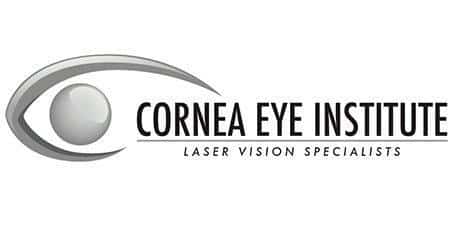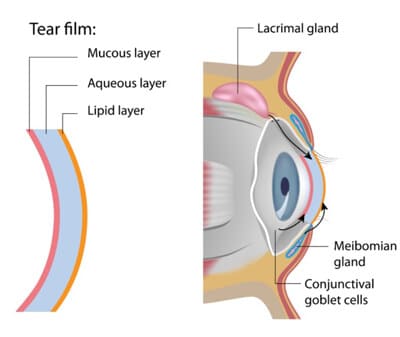

Having dry eyes can be uncomfortable and annoying. This condition can limit your ability to work, drive, and perform many other tasks in your everyday life. Treatments that get to the root cause can help dramatically. Make an appointment at Cornea Eye Institute in Beverly Hills, California, and they will get to the bottom of what is irritating your eyes and get you back to seeing the world comfortably and clearly.

In your optical system, the tear film in your eye is the most important component for image quality. It is composed of a mucous layer, an aqueous (watery) layer, and a lipid (oily) layer). Each layer is produced by cells and glands in different parts of the eye.
Dry eyes is a common condition that occurs when either the tear-producing gland is not able to produce enough tears, or there is a decreased production of the lipid layer by the cells in the surface of the eye and the glands of the eyelids. When either or both of these happen, your eyes do not get the lubrication they need.
Common symptoms include:
Come to Cornea Eye Institute if you have experienced prolonged symptoms of dry eyes. She can determine what’s bothering your eyes and provide you with adequate treatment.
Dry eyes are caused primarily by decreased production of tears or of the lipid layer, which can lead to increased tear evaporation. Sometimes also an imbalance in the production of your tears can also cause dry eyes.
Common causes of decreased tear production include:
Common causes of tear evaporation include:
After a thorough eye exam to determine the what is causing your dry eye, we will recommend in-office treatment, medication, lifestyle and home remedies, or a combination of these depending on your needs. Dr. Gaster performs IPL (Intense Pulsed Light) and meibomian gland expression. He was a pioneer in this treatment and published one of the original papers on its effectiveness.